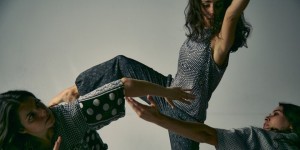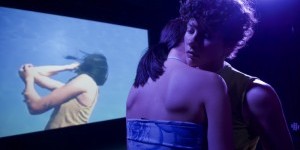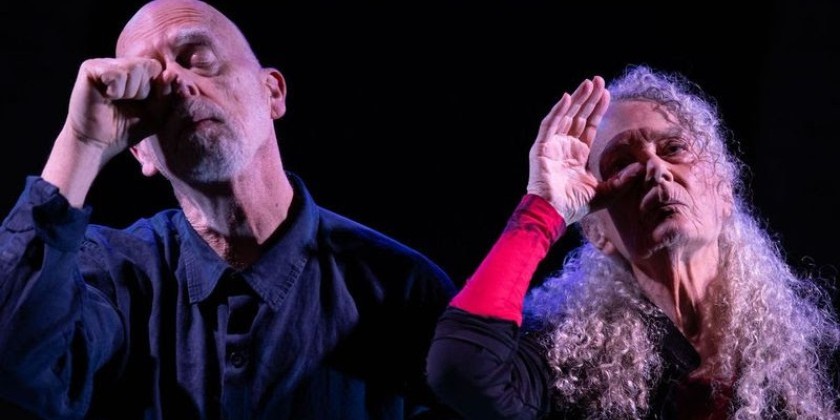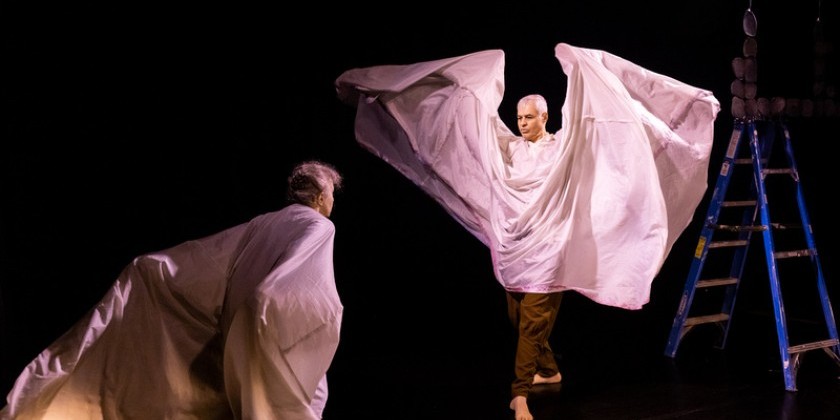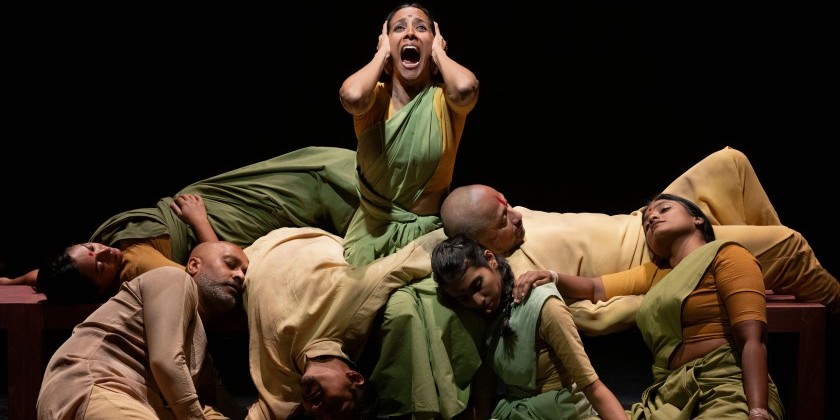IMPRESSIONS: Obremski/Works at Arts on Site
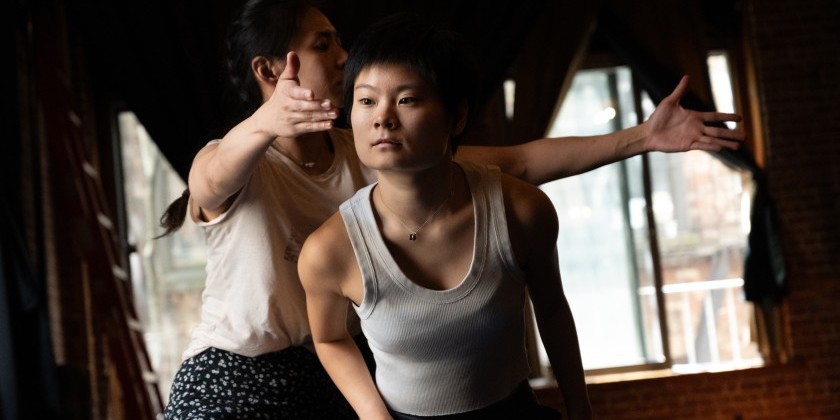
Founder and Artistic Director: Jesse Obremski
Associate Founders: Terrence D.M. Diable and Michael Greenberg
Rehearsal Associates: Michael Greenberg and Jie-Hung Connie Shiau
Administrative Associate: Richard Sayama
Performers: Emily Aslanyan, Kyla Balser, Emily Bundy, Elena Dalla Torre, Ian Debono, Blu Furutate, Shizu Higa, Mayu Nayaka, Richard Sayama, Miranda Shaughnessy, Eleanor Simmons, Rileigh Timmerman, and Jie-Hung Connie Shiau
Obremski/Works Vision Fellow (2024): Hoyori Maruo
May 31, 2024
Jesse Obremski’s choreography is sophisticated and subtle, textured with the use of repetition and counterpoint. However, Obremski/Works is more than a dance company, it is a vehicle for social change.
As a member of Gibney Dance since 2018, Obremski has been engaged as an activist and entrepreneur through the company’s Moving Toward Justice Fellowship. Following suit, Obremski/Works developed the Vision Fellowship to support Asian American and Pacific Islander dance artists in developing their work and engaging with the larger dance community. The four pieces presented in the company’s inaugural evening at Arts on Site, three by Obremski and one by 2024 Vision Fellow, Hoyuri Maruo, are well-crafted examples of movements power to communicate.
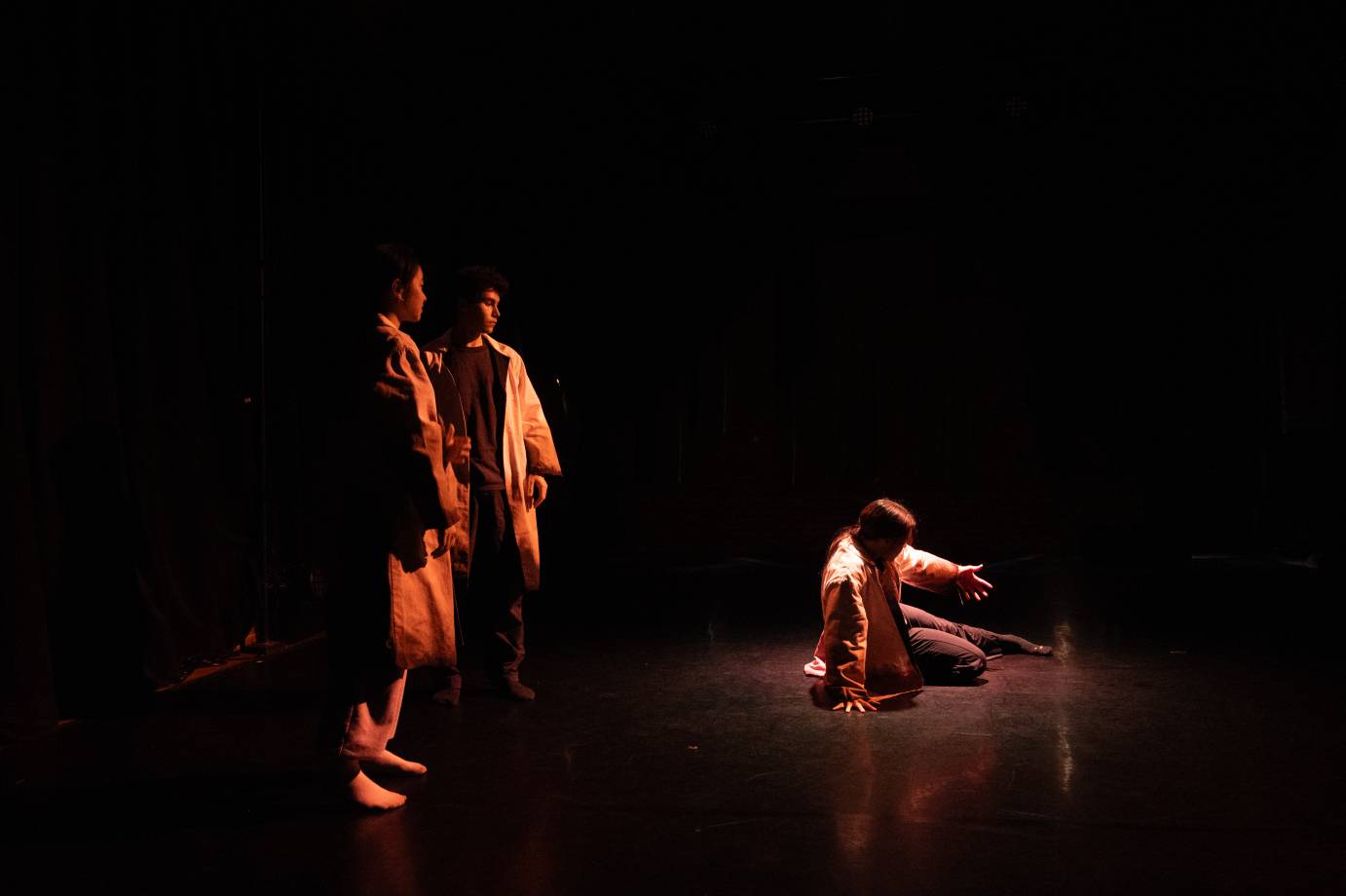
In Obremski’s Light-Print, segments of movement are presented then revisited, giving the impression that the work is continually beginning. The dancers perform a series of gestures that repeat exactly or with slight variation — a single sharp snap of the fingers, hands that grab at the head then pull away, vigorous swipes down the arms as if attempting to brush dirt from sleeves. Sculptural yet fluid movement phrases overlap, and performers join each other in moments of unison before returning to solo explorations. Soaring turns and arms that curve to embrace invisible forms are motifs that echo throughout. The way Obremski repeats movement feels more like meditation than overstatement.
Dressed in long lab coats, the lighting minimal, the performers movement experiments are sometimes overwhelming, sometimes comforting. Composer Trevor Bumgarner’s score drives the raw yet immaculate physicality of the dancers who both witness and engage in acts of discovery.
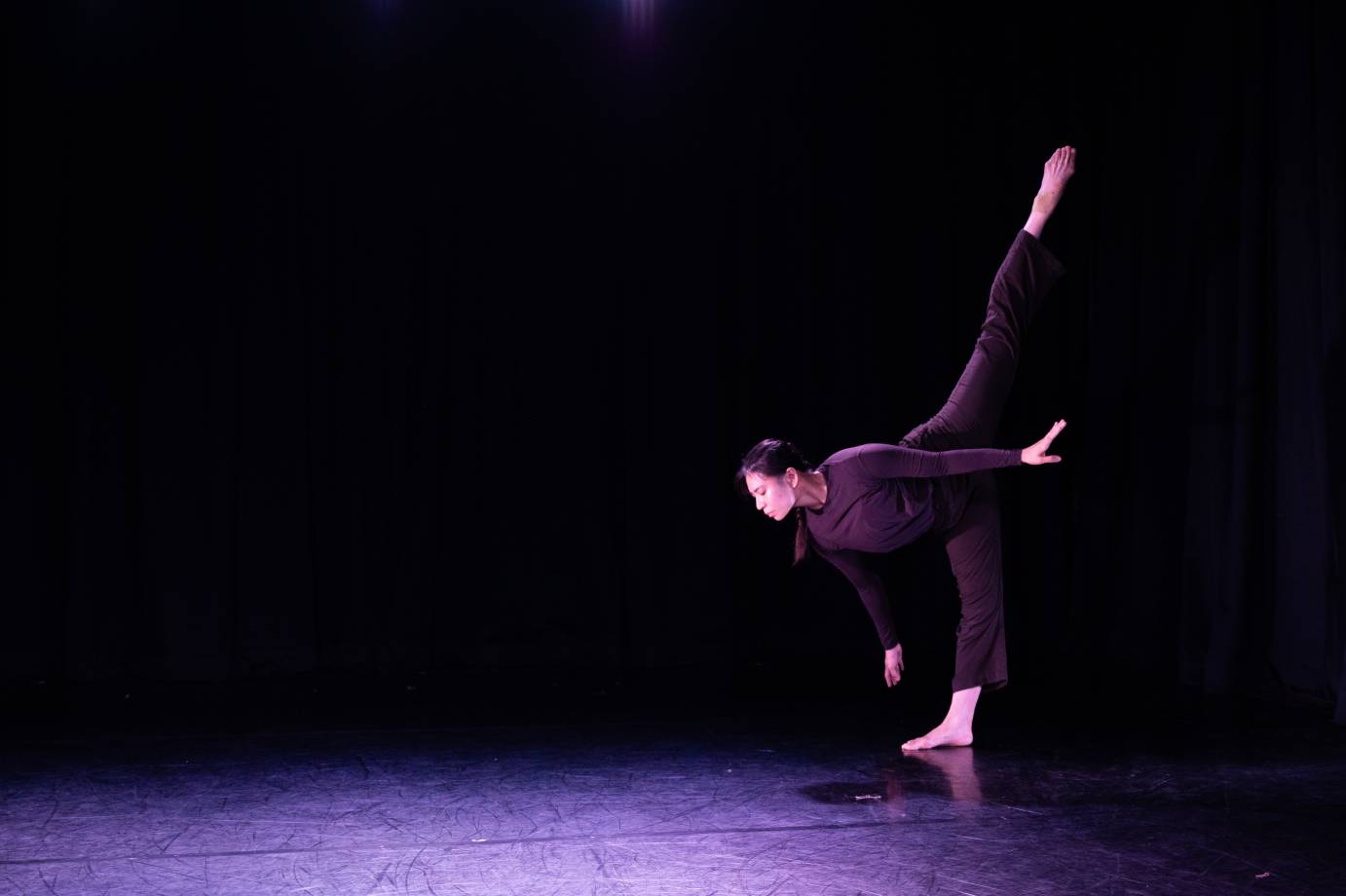
In-Visible explores a more personal topic. In his program notes, Obremski, a Japanese-American born and raised in New York City, writes about Asian-American and Pacific Islanders feeling unheard and unseen. AAPI dancers Blu Furutate and Mayu Nayaka illustrate this, mirroring each other in movements that evoke quiet frustration. Melting inward and thrusting outward, Furutate performs a hypnotic solo as Nayaka pauses to watch. When Nayaka touches her shoulder, they begin a duet of cause and effect. Nayaka compels Furutate but does not dominate, instead, she slowly draws her partner into communion by gently moving Nayaka’s limbs or indicating direction by moving her own. Movements performed in unison and in counterpoint give the impression of individuality within a shared experience. Moments of canon imply thoughts shared but experienced alone. In a brief but particularly resonant moment, Furutate snakes her head into the space of Nayaka’s circling arms. With a gentle toss, Nayaka travels Furutate across her body, supporting her, yet propelling her forward.
Maruo’s Our Shadows, while not as sophisticated as the other works on the program shows promise and utilizes humor and theatricality well. As a weather report overlayed with subway noises plays, the performers (independent artists not affiliated with Obremski/Works) mime gestures of waking up, making coffee, and preparing for their work day, their movements increasing to a frantic pace. Once they arrive at the “office,” their demeanor takes on a false happiness, their movements slower and resigned, smiles strained until one overwrought dancer lets out a piercing scream. The only vocalization in the piece, the scream feels trite and out of place. From behind the back curtain, a shadow emerges. Dancers covered in a large piece of grey fabric crawl and writhe onto the stage implying demons within. It is a visually arresting moment worthy of development, the movements under the fabric extended before the shadows emerge to encircle the disquieted employee.

Similar to Light-Print, GAMAN utilizes repetition to stunning effect. Gaman is a Japanese term from Zen Buddhism translated as perseverance, patience, or tolerance. As if in an art museum, the five performers move around the space to witness one another from various perspectives. Fast, twitching movements melt into free-flowing phrases marked by Obremski’s sculptural yet soft precision. I’ve always loved watching performers watch each other. Bearing witness, making space for someone else’s voice, evokes reverence, and reminds us of the power of authentic listening. In GAMAN, this witnessing also acts as inspiration. The sound score, a medley of works by by Ryuichi Sakamoto and Akira Kosemura edited by Obremski, features soft piano chords layered with crashing sounds and pulsing beats that mimic the choreography. The piece concludes as dancer Jie-Hung Connie Shiau performs a gestural solo, her hands sculpting the air into an invisible form. Her movements become faster and more desperate as the other dancers stop to watch her, patiently witnessing her futile attempts to manifest something physical. It’s a striking image.
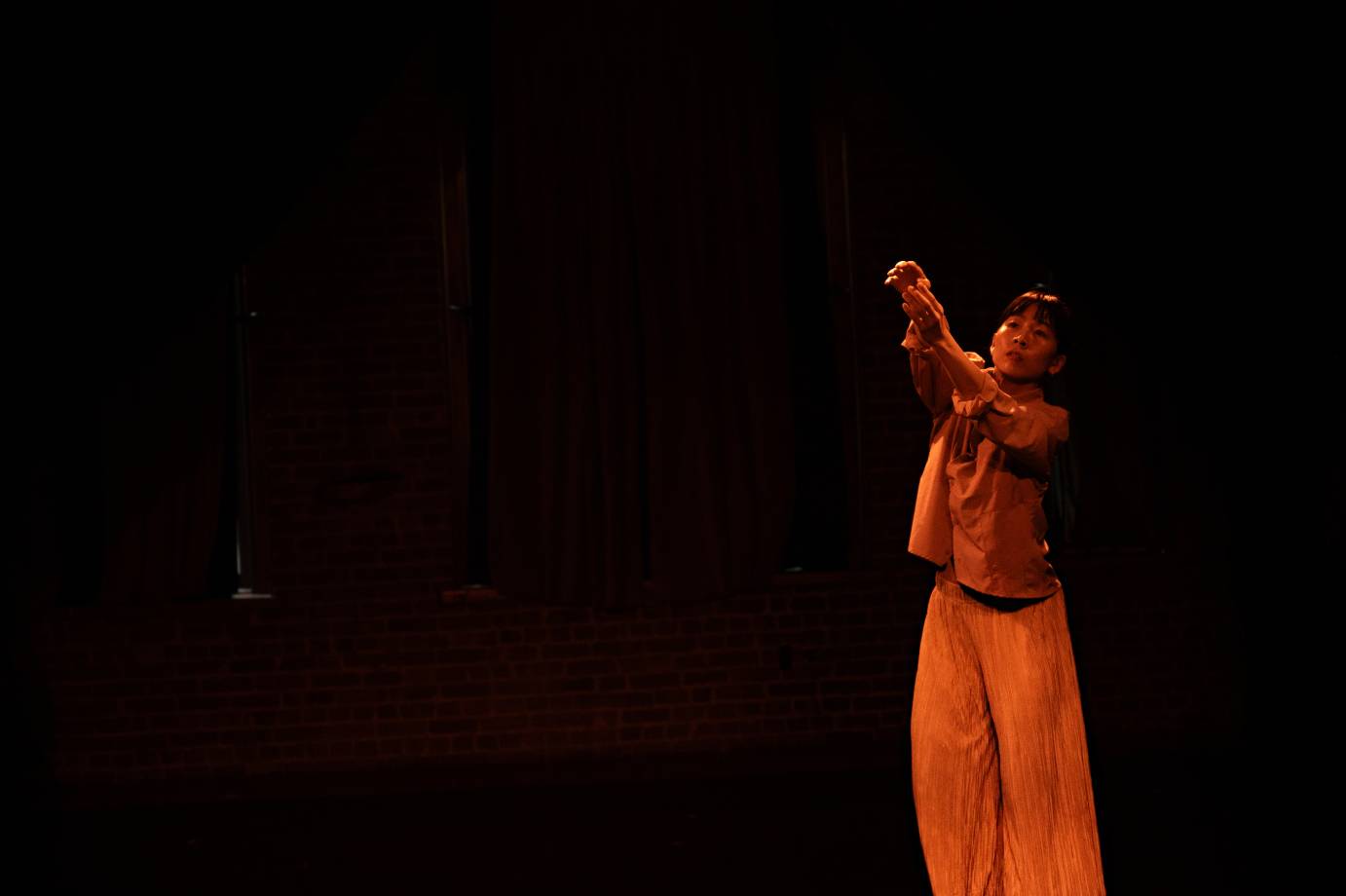
Ranging from elastic, frenzied, oozing, percussive, airy and grounded, Obremski’s choreography is qualitatively rich. The dancers, all masters of their craft, are able to move between these contrasting aspects with breathtaking fluency. In their first full evening, Obremski/Works already displays a signature style and emotional resonance that I look forward to seeing more of.




